When to pick pears?
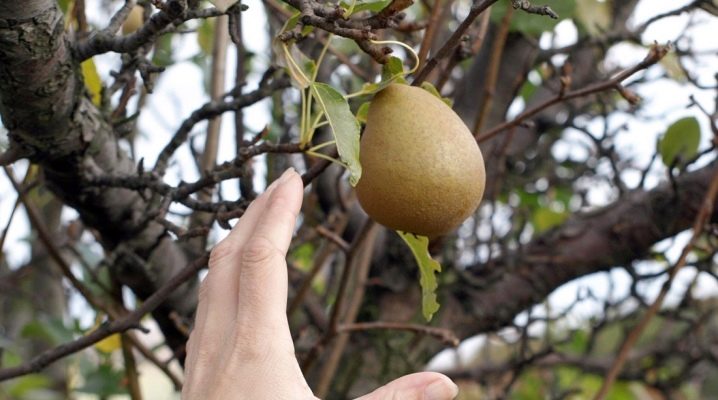
It is not enough to grow appetizing pears - they must also be collected in a timely manner. It is important for novice gardeners to understand that the timing of harvesting is determined depending on the purpose of using the fruits.
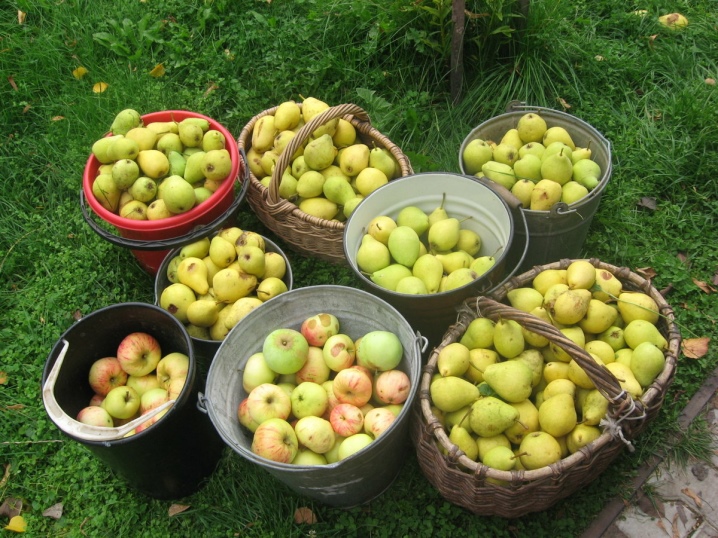
What factors influence maturation?
A number of external factors influence the ripening of pear tree fruits. Most often, the dates change due to weather conditions: severe frosts, too hot summer or late autumn. Frequent temperature jumps or untimely warming in spring act in a similar way. Constant rainfall or excessive irrigation can affect the crop. For example, if it rained continuously all summer and the temperatures were low, then pears will ripen much later, if they do it at all. In cold summers, fruits may remain unripe.
A certain influence is exerted by the illumination of the site and the regularity of fertilization. An impoverished soil will most likely prevent the crop from actively and timely bearing fruit.
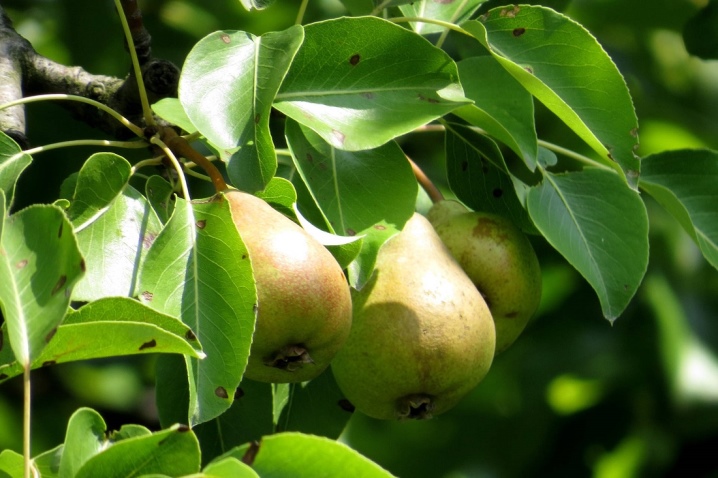
It also happens that pears of the same variety, developing side by side, but on different rootstocks, ripen at different times. Insufficient pruning of the thickened crown can play its role, as a result of which the amount of received sunlight is reduced, and the age of the tree itself.
Not particularly significant, but the acting factors are the specifics of the location of the ripening specimens - inside the crown or on the periphery, as well as the load of the branches. Finally, an invasion of insects, fungal spores and infectious agents leads to crop instability.
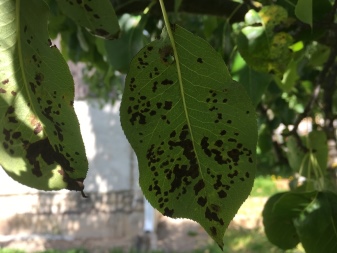
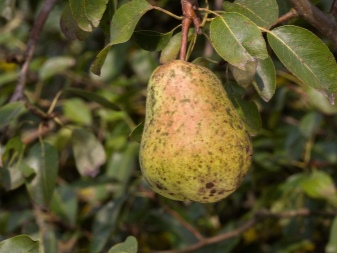
How to determine the stage of ripeness?
In pears, it is customary to distinguish several stages of maturity. It is possible to understand which of them is suitable for harvesting fruits by finding out the purpose of the fruits... The first phase is called technical... Pears harvested in accordance with it are intended for further processing, as they are able to give the maximum amount of juice. The fact that it is time to remove the fruit from the tree is evidenced only by the grains beginning to darken and the fresh, but still not devoid of taste, pulp. During cooking or canning, such fruits are not deformed.
The next stage is removable or botanical, it corresponds to almost complete ripening of pears. It usually occurs 7-10 days after technical maturity.
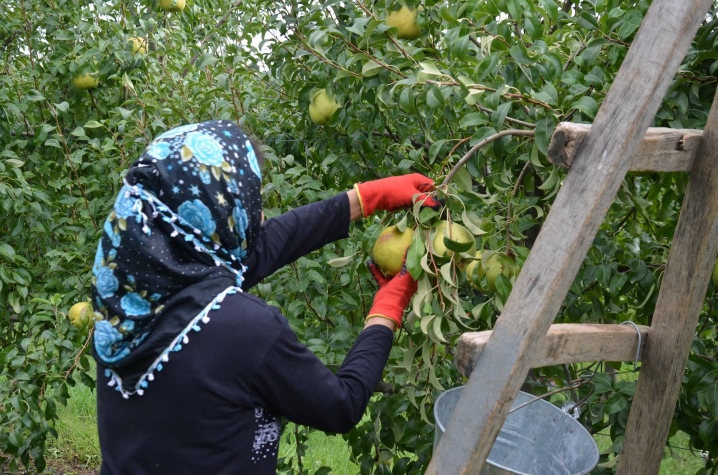
Such a fruit is easily detached from the branch, since a cork layer is already formed between the shoot and the stalk. The fruit is already rich in vitamins and minerals, and its seeds take on a rich dark color. The removable stage requires a short subsequent ripening during storage.
Fruits become especially sweet and aromatic during the consumer stage.... They can be eaten immediately, and the taste, smell and color correspond to the declared characteristics of the variety. The advantage of using just such pears is the ability to get the maximum amount of useful elements. Unfortunately, they can be stored for no more than 20 days.

Full or physiological maturity Is the designation for overripe fruits. Such pears are devoid of starch, vitamins and minerals, and their pulp acquires an unpleasant mushy structure. In principle, these fruits can no longer be eaten or used for further processing. It is worth waiting for full maturity only to collect seed.
It is quite difficult to determine the exact stage of maturity. However, there are still a number of methods that allow you to establish the moment of removable maturity. For this purpose, the color of the fruit is assessed on a special scale, and the seeds are examined visually. With the help of iodine, it becomes possible to find out the starch content in the pear. A preparation diluted with water in a ratio of 1 to 15 is applied to the pulp of the half of the fruit. Light pulp indicates the readiness of the culture, and dark pulp indicates the need for ripening.
It also makes sense to check the strength of the pulp.
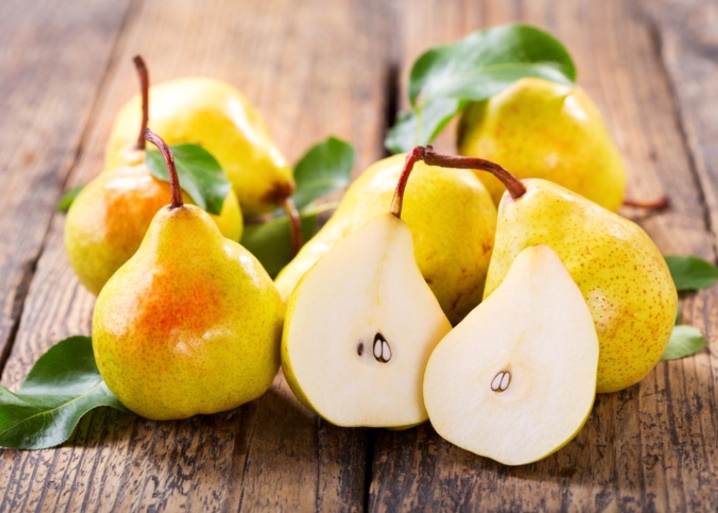
Experienced gardeners also take into account such factors as the flowering period, the total value of the temperatures required for the ripening of the fruit, as well as the statistics of the ripening time of the fruits of previous seasons. It is believed that the color of the peel near the stalk is transformed into a lighter color by the removable maturity. In an overripe fruit, this area takes on a purple hue, and the flesh itself becomes bright yellow.
When preparing for picking pears, it makes sense to try to separate the stalk from the branch - if this happens without any effort, in one movement, then the fruits are ripe. In addition, you need to press on the surface - the more mature the fruit, the less hard it is, but if the skin bursts, it means that it is already overripe.
As a rule, ripe pears have a bright and rich aroma, and their peel already changes its green tint to some other - yellowish or reddish.
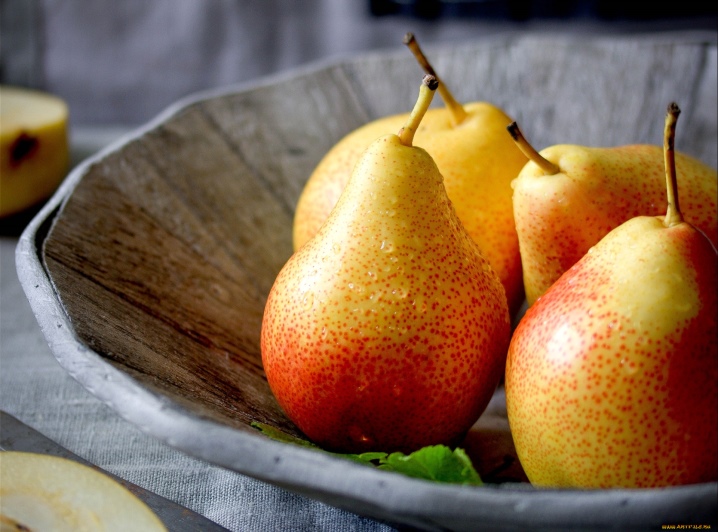
In the end, it will be possible to determine the date of harvesting pears simply by counting the number of days of ripening indicated in the description of the variety from the day of flowering of the tree. It will be even easier to taste the fruit - it must match the characteristics of the variety.
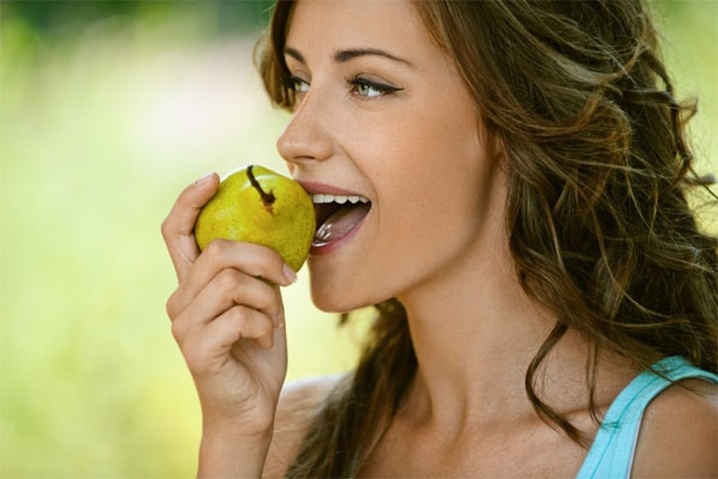
Collection time, taking into account the variety
In many ways, the characteristics of the cultivated variety affect the period of pear harvesting.
Summer
Summer varieties usually ripen by early August. A feature of this group of pears is the simultaneous onset of removable and consumer maturity. However, fruits on the same tree can ripen unevenly, so they should be removed in several stages. In industrial production, it is customary to harvest fruits a few days before reaching ripeness, so that during transportation they do not overripe, but ripen. Such specimens are easily removed from the branch and have dark grains.
If the weather is calm outside, and the pears still fall to the ground, then the rest should be immediately removed from the branches.
It will not be possible to store summer varieties for a long time - they will lie down for a couple of weeks on the strength of the proper conditions.

Of the summer varieties of pear trees, varieties «Skorospelka Michurinskaya», «Children» and «Lada». Their consumer maturity begins from mid-July and lasts until the first weeks of August. Mid-season varieties - «Tsarskaya», «Space», «Cathedral»- are removed from the branches from the second half of August to the beginning of September. The storage of these varieties is limited to a couple of weeks.
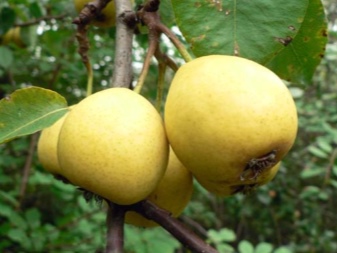
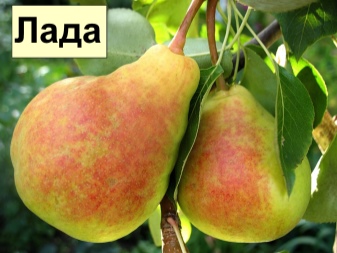
Autumn
The varieties that ripen in autumn are divided into early and late varieties. The former are similar in properties to summer, and the latter, respectively, to winter. The ripeness of such pears is reached from the second half of the last summer month to the first weeks of October. It is customary to harvest the early autumn harvest either at the final stage of removable maturity, or during the consumer period.
As a rule, these two periods coincide or differ by several days. The resulting fruit can be eaten immediately, or can be stored for one and a half to two months.
Only those samples that were taken at the stage of technical maturity are subject to processing.

Late autumn varieties are removed when removable ripeness is reached. Before use, they will have to lie down from a couple of weeks to a month at home, and in general, they will be preserved for three months. Gardeners are well aware of the varieties "Conference", "Autumn Dream", "Beauty Chernenko".They ripen at the turn of September and October - that's when they should be removed. It is allowed to keep them in a cool place from one and a half to 2.5 months.
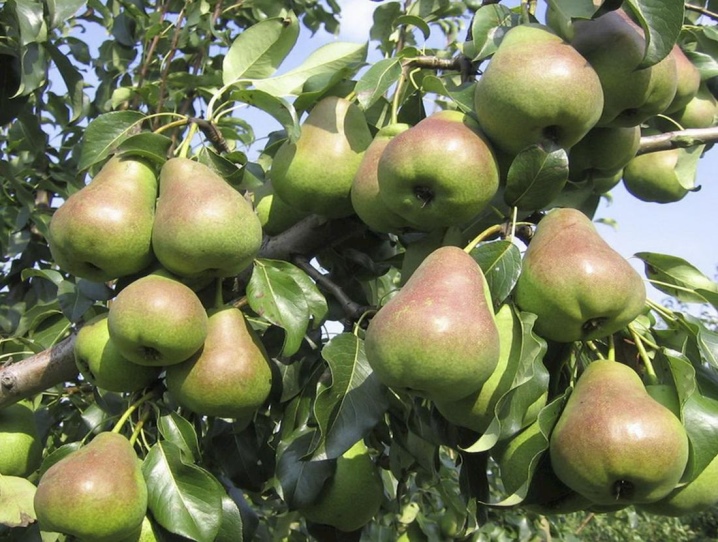
Late
Despite the fact that late varieties are often called winter varieties, they need to be removed from trees not in December, but from the end of September, until frost sets in. The consumer maturity of such a variety occurs after 3-4 weeks of being at home. The shelf life of winter pears reaches six months.
The cultivation of pear trees may differ depending on the region where the orchard is planted. For example, in the Moscow region, as well as in the regions of central Russia, all types of varieties are planted: summer, autumn and winter. As a rule, the harvesting of the first fruits is carried out in early August, and the second - at the end. Late fruits are removed in September and stored until New Years. In the Urals and Siberia, regions famous for their harsher climates, only summer and autumn varieties of crops are grown.

The collection of fruits is thus carried out at the end of August and in the first weeks of September.
Pear "Pervomayskaya" is usually harvested at the end of September, as well as "Belorusskaya Late". The keeping quality of these varieties is able to be six months. "Rossoshskaya late" should also be removed at the end of September, and then stored for 3-4 days.
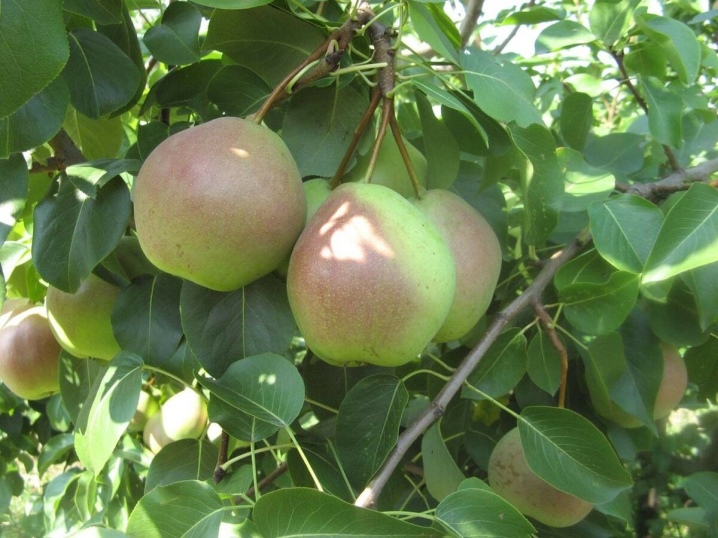
When to collect pears for processing?
For the purpose of further processing, it is customary to pick fruits of summer or early autumn varieties. However, they must be at the stage of technical ripeness so that the juice content is at its maximum. If you harvest pears that have reached ripeness, the canning processes will lead to the destruction of their shape and loss of aesthetic appearance. Juice or wine production will also be unsuccessful, because the pulp will not be able to give enough moisture.
Unripe pears are also bad for processing, lacking a bright aroma and sweet taste. The time of immediate harvesting is determined depending on the specifics of the variety, that is, when a particular variety reaches technical maturity.
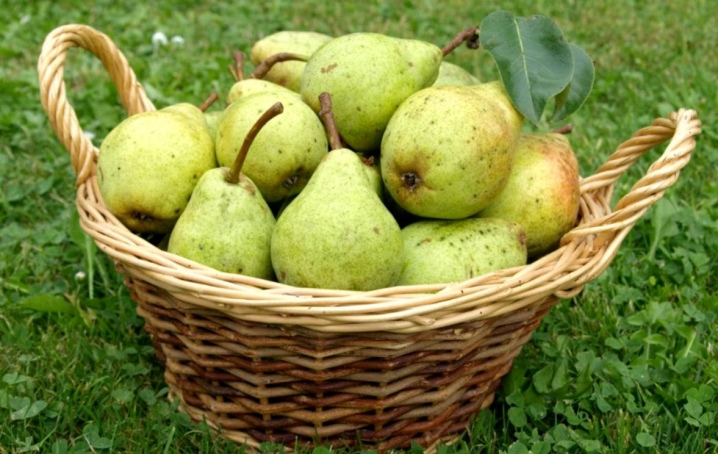
Harvesting season for storage
As mentioned above, only late autumn and winter varieties of pear trees are suitable for winter storage.... They are harvested upon reaching the removable maturity, when the grains acquire a brown color, and the amount of nutrients is in abundance.
The harvest is removed on a dry autumn day, provided there is no rainfall and strong winds. It is important to remember that if the procedure is carried out in the evening, when the samples had time to warm up, then before transferring to a permanent storage location, the pears will need to be cooled.
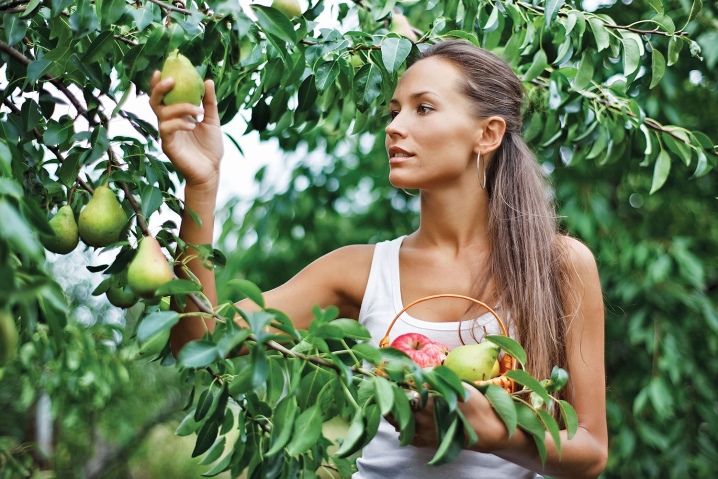












The comment was sent successfully.